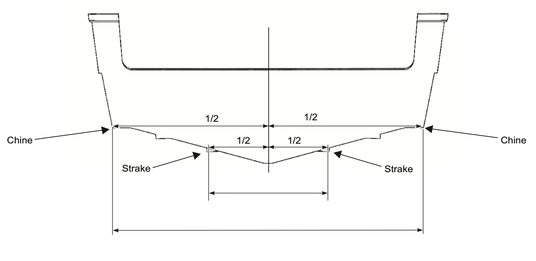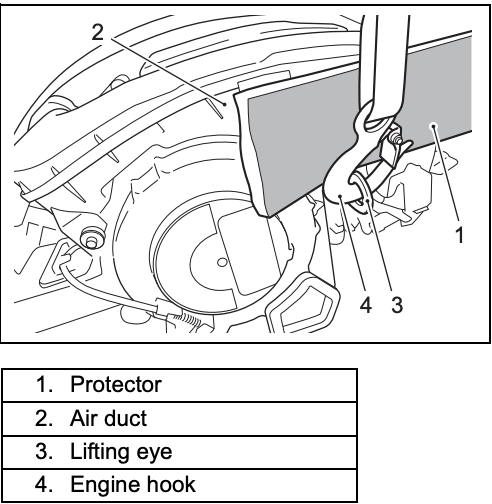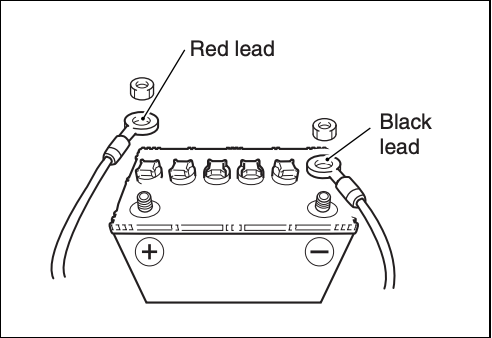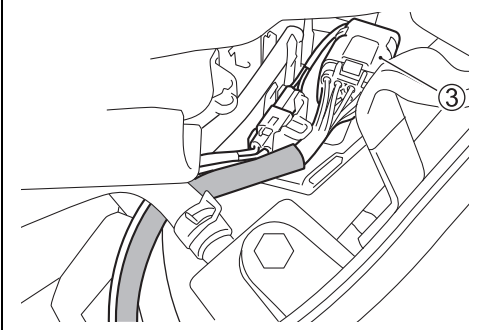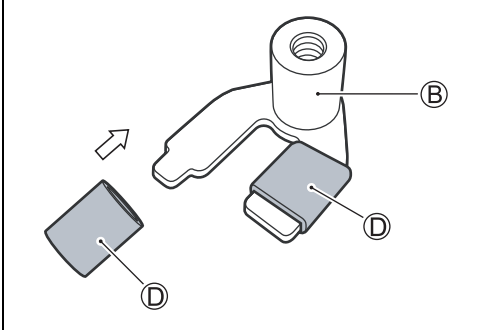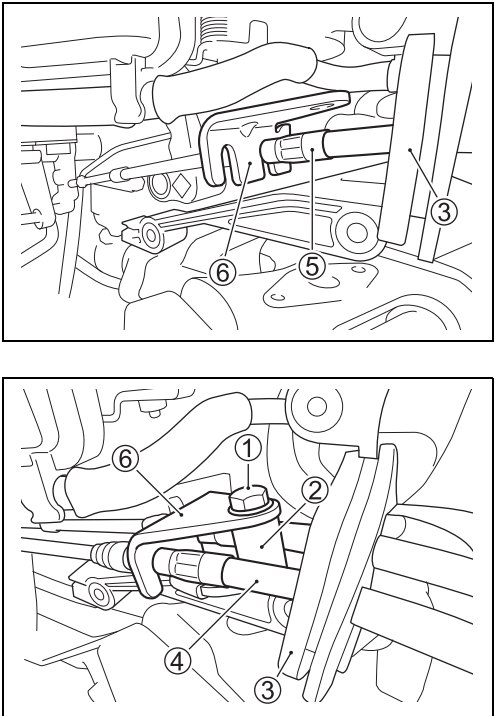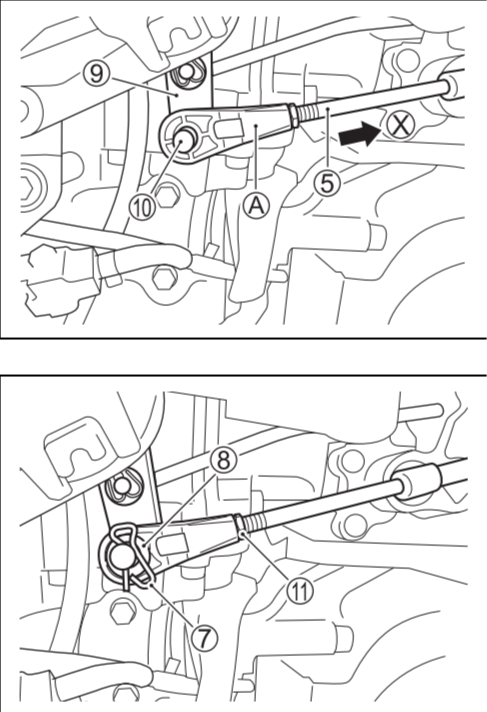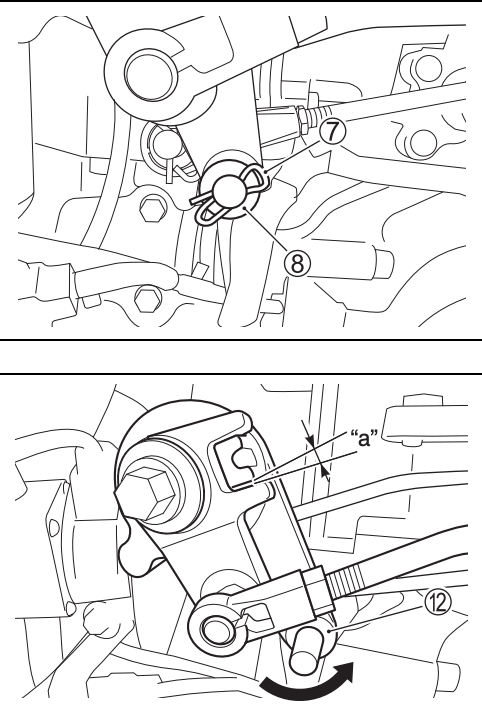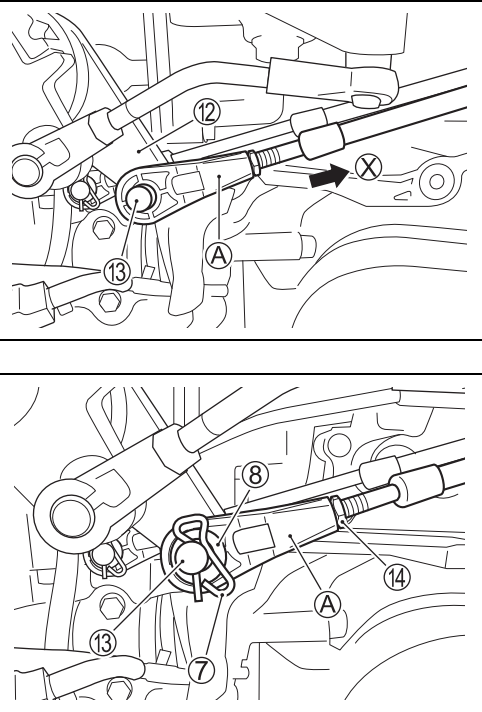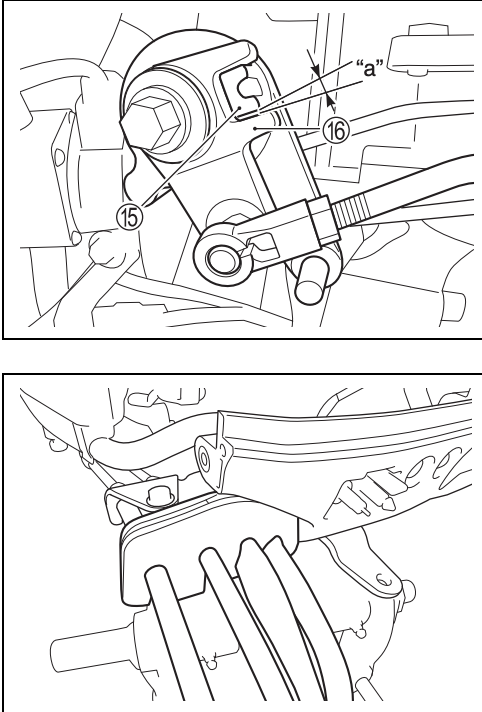How to Set up your New Outboard Motor
When selecting and installing an outboard motor, choosing the right horsepower is critical to both safety and performance. Here’s a practical breakdown based on your notes:
Key Considerations for Horsepower Selection
1. Maximum Horsepower Limit
-
Determine the Boat's Capacity:
Each boat has a manufacturer-recommended maximum horsepower capacity, typically displayed on a capacity plate. This is a critical guideline to ensure safety and compliance. -
Product Liability:
Exceeding the maximum horsepower capacity poses a severe liability risk, as it compromises safety and may result in accidents or legal issues.
2. Avoid Underpowering
-
Performance Balance:
An underpowered rig may struggle to perform adequately, leading to poor handling, sluggish acceleration, and inefficient fuel consumption. -
Match the Application:
Discuss the customer's primary use of the boat (e.g., fishing, water sports, or leisure cruising) to identify the ideal horsepower that balances power and efficiency.

